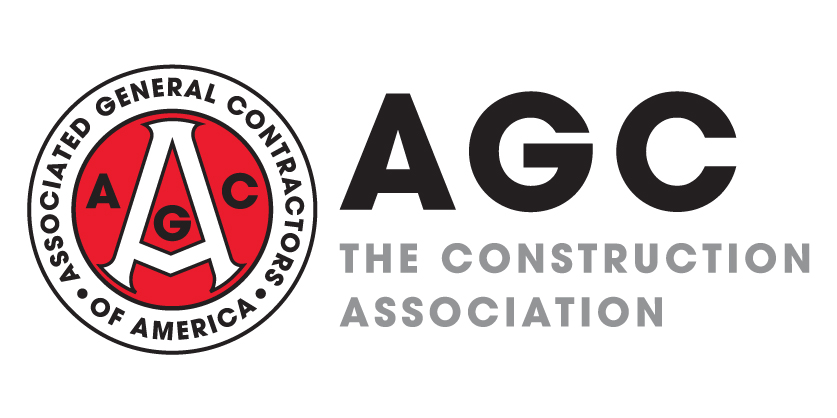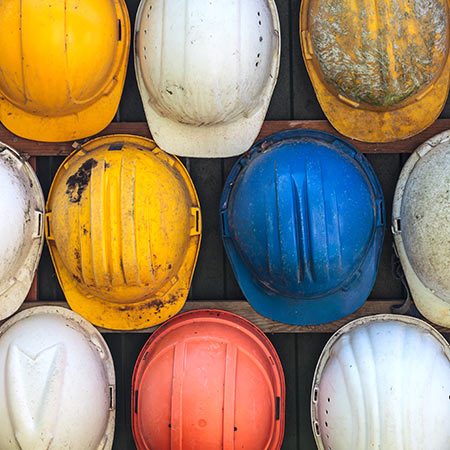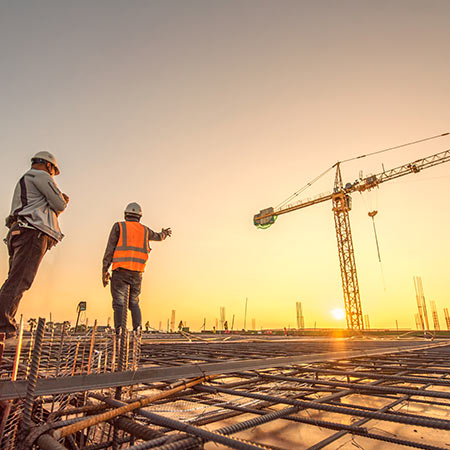
The employment cost index—a measure of compensation (wages, salaries and benefits, including required payments), which the Bureau of Labor Statistics (BLS) posted today for the fourth quarter (Q4) of 2019, showed mixed results for the quarter and year. BLS noted, “Among private industry supersectors, compensation cost increases for the 12-month period ending in December 2019 ranged from 1.0% for information to 3.5% for construction.” Total private-sector compensation increased 0.7%, seasonally adjusted, in Q4 (compared to 0.8% in Q3) and 2.7% between Q4 2018 and Q4 2019 (down from 3.0% between Q4 2017 and Q4 2018). Compensation for all employees in the construction industry increased 0.6% in Q4 (vs. 1.2% in Q3) and 3.5% for all of 2019 (vs. 2.8% in 2018). The index for wages and salaries in the construction industry increased 0.7%, seasonally adjusted, in Q4 (vs. 1.4% in Q3) and 3.8% for all of 2019 (vs. 3.1% in 2018).
Inflation-adjusted gross domestic product (real GDP) increased 2.1% at a seasonally adjusted annual rate in Q4, matching the 2.1% gain in Q3, the Bureau of Economic Analysis reported on Thursday. There were contrasting results for nonresidential and residential investment. Real gross private domestic investment in nonresidential structures (including wells and mines) declined 10.1% (vs. -9.9% drop in Q3). Real investment in commercial and health care structures decreased by 6.7% (vs. -4.6%); manufacturing structures, -9.5% (vs. 7.3%); power and communication structures, -2.8% (vs. 1.5%); and other non-mining structures, -14% (vs. -13.5%). Real residential investment in permanent-site structures increased 7.8% (vs. 1.7%). Real investment in single-family structures jumped 13% (vs. 4.5%), while multifamily structures investment decreased 12% (vs. -9.1%). Real government gross investment in structures increased 6.1% (vs. -4.1%). Federal investment soared 26% for defense structures but dipped 0.6% for nondefense structures; state and local investment rose 6.2%. The GDP price index increased 1.4% (vs. 1.8%). The pric e index for nonresidential structures investment climbed 1.1% (vs. 1.6%). The price index for residential investment rose 2.7% (vs. 3.4%). The price index for government investment in structures rose 0.9% (vs. 2.7%).
The National Association for Business Economics reported on Monday that 31% of 97 corporate and association economists in its latest quarterly survey expect growth of inflation-adjusted gross domestic product (real GDP) to exceed 3% from Q4 2019 to Q4 2020. That share is up from 11% of respondents who expected real GDP growth to exceed 3% in the previous survey, which covered the outlook from Q3 2019 to Q3 2020. Of the 63 respondents to a question regarding expected capital spending on structures at their firms in the next three months, 27% expect an increase and 21% expect a decrease. The difference between these shares—a net positive reading of 6 percentage points—was up from 2 points in the previous survey.
Union membership declined by 170,000 (1.2%) in 2019 to 14,574,000 (10.3% of employed workers) from 14,744,000 (10.5%) in 2018, BLS reported on January 22. Construction industry membership inched up by 7,000 (0.7%) from 1,048,000 to 1,055,000 but the share slipped from 12.8% to 12.6% as overall employment grew three times as fast (2.2%) as union membership, from 8,169,000 to 8,352,000. Similarly, the number of construction industry employees represented by unions, workers who report no union affiliation but whose jobs are covered by a union contract) edged up by 8,000 (0.7%), from 1,125,000 to 1,133,000, while the rate declined from 13.8% to 13.6%.< /p>
“At the close of 2019,…the total U.S. [hotel] construction pipeline continues to grow with 5,748 projects/708,898 rooms, up 4% by projects and 6% by rooms,” y/y, data-tracking firm Lodging Econometrics reported on Monday. “The pipeline has now completed its eighth consecutive year of growth. These robust year-end counts are a mere 135 projects/76,649 rooms shy of the all-time high of 5,883 projects/785,547 rooms reached in [Q2] 2008. Projects under construction continue to rise reaching an all-time high of 1,768 projects with 237,362 rooms, up 7% by projects and 10% by rooms, y/y. Projects scheduled to start construction in the next 12 months stand at 2,283 projects/265,161 rooms. Projects in the early planning stage are at 1,697 projects/206,375 rooms.” The firm reported today, “the top five U.S. markets with the largest total hotel construction pipelines are: Los Angeles, at a cyclical high, with 168 projects/28,50 1 rooms; Dallas with 160 projects/19,787 rooms; New York City with 158 projects/25,825 rooms; Atlanta, also at a cyclical high, with 143 projects/19,660 rooms; and Houston with 136 projects/14,114 rooms.”
Warehouse construction spending put in place in the first 11 months of 2019 dipped 0.7% compared to the same months of 2018, the Census Bureau reported on January 3—a huge slowdown from the 16% jump in spending from 2017 to 2018. But by another measure, million square feet (msf), “The amount of space that has been under construction in North America [including Canada and Mexico] exceeded 330 msf throughout 2019—the largest amount of space ever under construction, and the majority of the space was in the U.S.,” commercial real estate firm Cushman & Wakefield reported on January 24 in its 2020 North American Industrial Outlook report. The firm predicts that in 2020-2021, “the development pipeline will remain elevated in primary [distribution] markets, port-proximate markets (both intermodal and maritime) and in markets with dense or fast-growing populations,” with the top five markets for supply being Dallas/Ft. Worth, California’s Inland Empire, Atlanta, Chicago and the Interstate 81/78 corridor in Pennsylvania. The firm predicts deliveries of 301 msf in 2020 and 272 msf in 2021, according to a Wall Street Journal article on Monday. Those figures are each about 9% less than in the year before.




